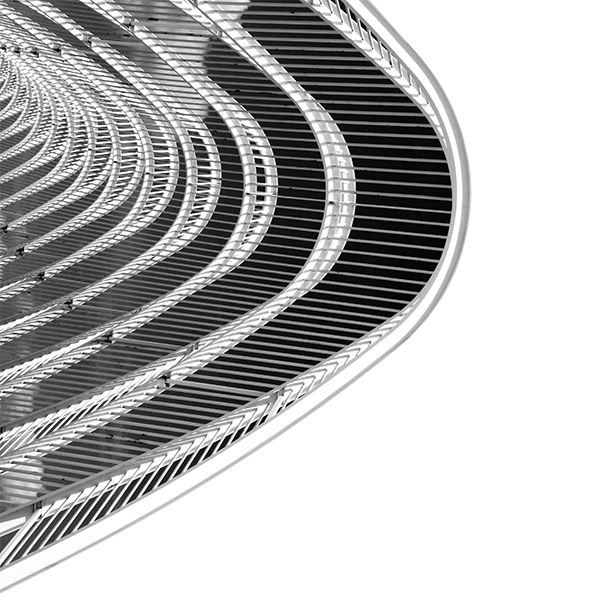Four Factors that Lead to EMI/EMC/SI in PCBs
As printed circuit boards (PCBs) become smaller, the risk of electromagnetic interference (EMI) increases significantly.
EMA Signal Integrity Engineer Ryan French has developed what he refers to as the Very Bad Board. According to him, the example board incorporates issues that are highly prevalent and frequently encountered in similar designs.
“I tend to see them in every single design that I review,” he says.
How many problems can you identify on the Very Bad Board? Take a moment to examine it yourself. Click here to explore all its components.
Now, let’s delve into four common factors that often contribute to PCB design problems.
Stackup
French says the stackup is the cornerstone of any PCB design but is often neglected.
Figure 1 shows the stackup on the Very Bad Board. The top image shows a four-layer stackup adopted directly from the fabricator. French critiques this design for its subpar performance in managing power impedance and signal returns. The bottom image, however, showcases his proposed alternative.
“In the review that I did, I suggested a new stack of eight layers,” he says. “This gives you a very low impedance on the power and very good returns for all your signals.”

Fig. 1. Top. Original stackup of the Very Bad Board. Bottom. Suggested stackup to avoid SI issues.
Return Path Discontinuities
The second common issue French identified is the presence of return path discontinuities. According to French, switch signals on a PCB will follow the nearest copper for their return path, irrespective of the voltage. He explains that when examining a PCB trace, the return current will always flow through the planes directly above or below the trace, depending on its position.
“If your return path has a break in it, that current is going to spread and it’s going to cause a lot of issues,” he warns. “It’s going to cause long distance crosstalk, EMI, inter-symbol interference, and a lot more.”

Fig. 2. Example of issues in return path continuities.
Terminations
The third issue is the use of terminations, which French emphasizes as essential for nearly all modern digital devices. According to him, the rule of thumb is: if the length of a trace, measured in inches, exceeds twice the rise time in nanoseconds, it must be treated as a transmission line.
“In modern digital, one nanosecond is pretty common, that means anything longer than about two inches needs to have termination, or you’re risking ringing and EMI,” French says.
In the case of the Very Bad Board, the oscillator presents a notable flaw. Two traces stemming from the oscillator lack proper terminations leading to problems such as ringing and stub-induced noise.

Fig. 3. Example of an oscillator splitting into two traces with no terminations.
Decoupling
The fourth factor to consider is decoupling.
“I’ve noticed that decoupling is a topic that is so commonly misunderstood that we designers tend to just use these rules,” French explains. “These rules may appear to work in the design, but it’s not guaranteed that it’s always going to work. One small change to your code could completely ruin the decoupling that you have.”
In the case of the Very Bad Board, the decoupling is ineffective due to several issues: the mounting of the capacitors is suboptimal, the capacitors themselves are excessively large in geometry, and the connections to the IC exhibit high impedance.

Fig. 4. Top. An example of how to place decoupling capacitors with poor PDN. Connections should be short and as wide as possible to minimize impedance. Bottom. An example of how to place decoupling capacitors with good PDN.
PCB Design Review
“There are many more considerations, which is why it’s obviously very helpful to have an expert weight in on your design,” French says.
EMA offers PCB design review services, which include:
- Checking your schematic
- Analyzing the layout
- Running simulations
- Providing clear, straightforward reports
“Our design review is there to help you,” French says. “You’ve already put in a lot of hard work into your PCB design. Let us help you make it the best that it can be.”
Learn more about EMA PCB design review services by clicking here.

